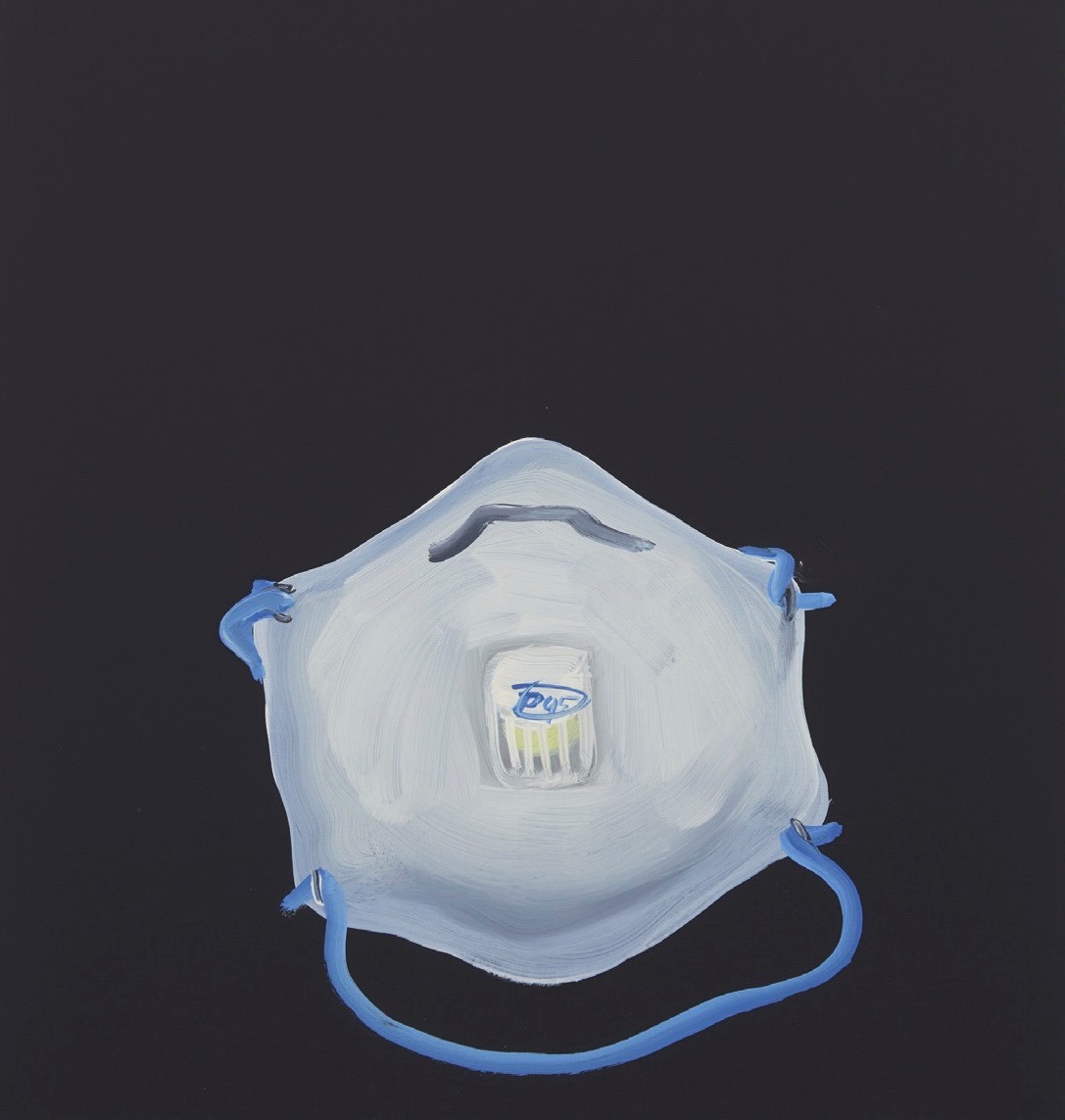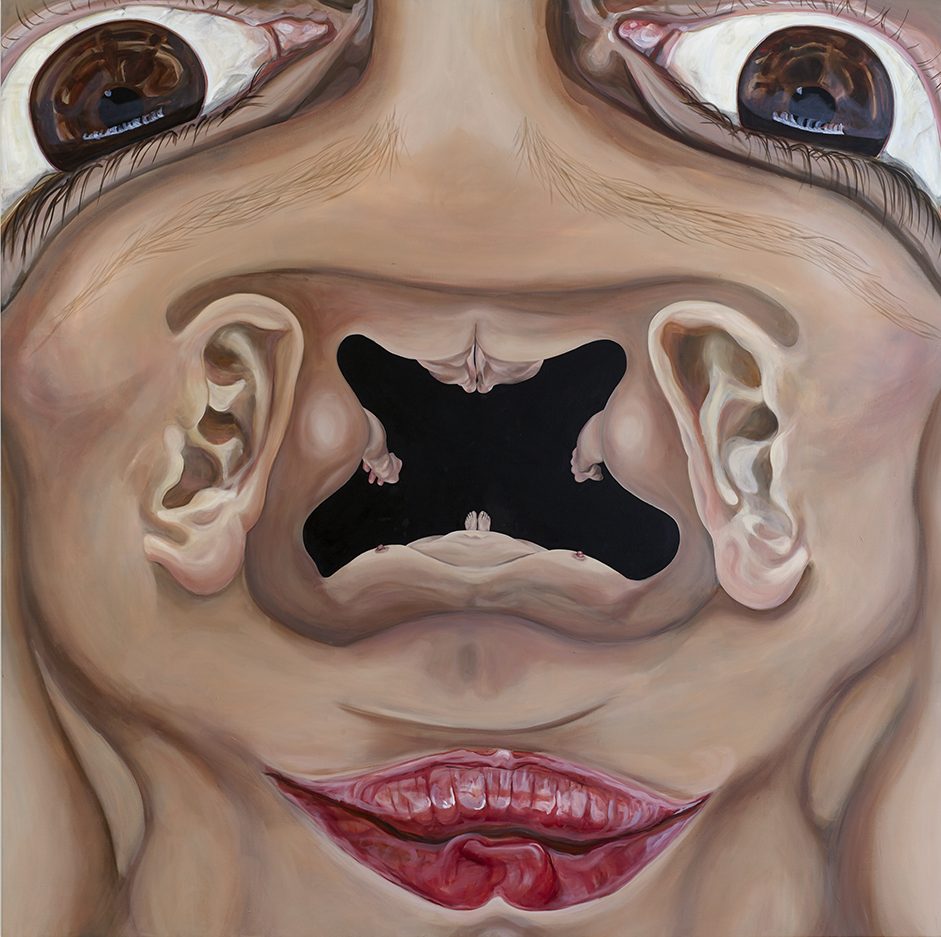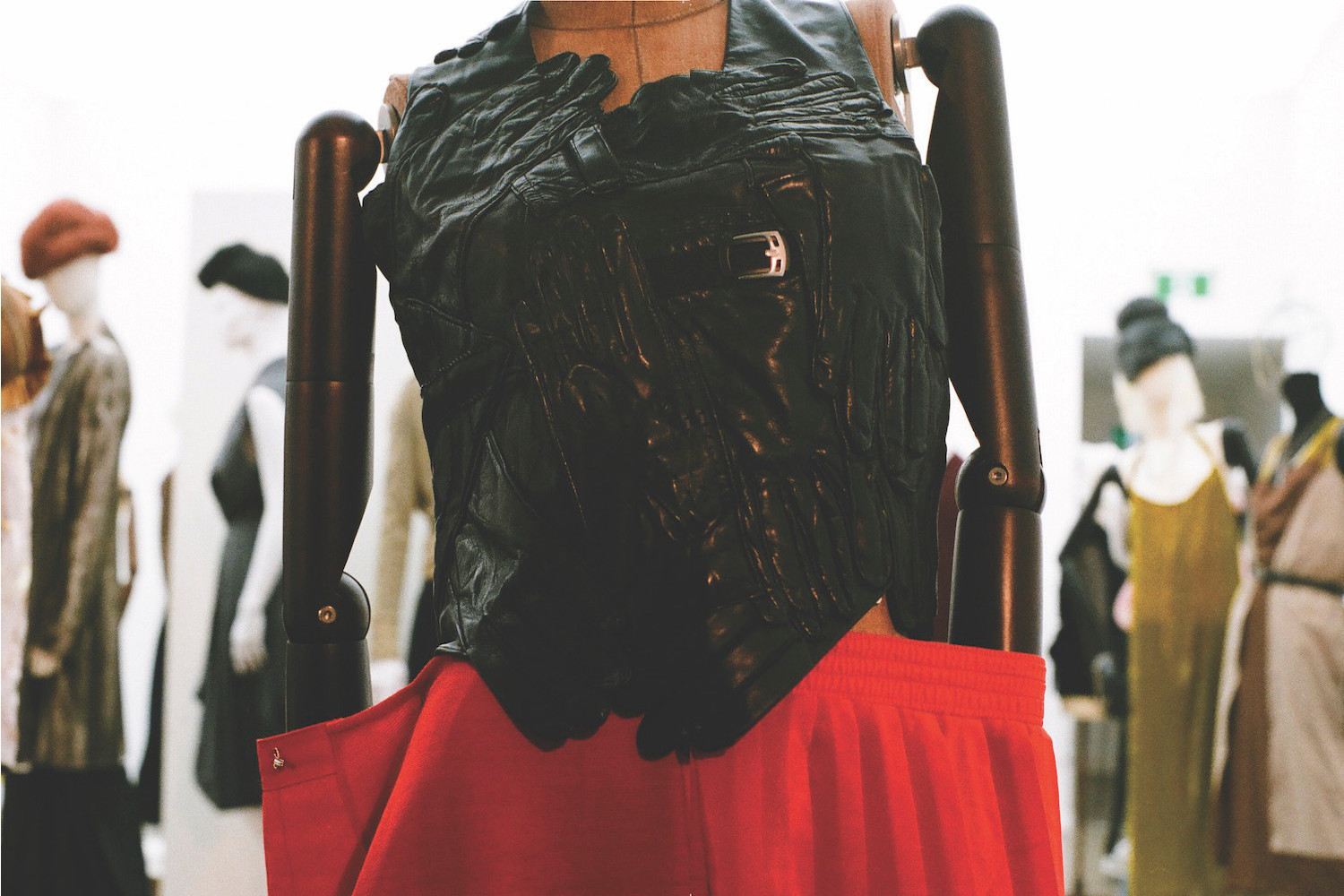ON VIEW is a printed and an online section in which Flash Art invites prominent figures of the art world to select the best current and upcoming international exhibitions.
Pati Hill “Something other than either”
Kunstverein München
Through August 16, 2020
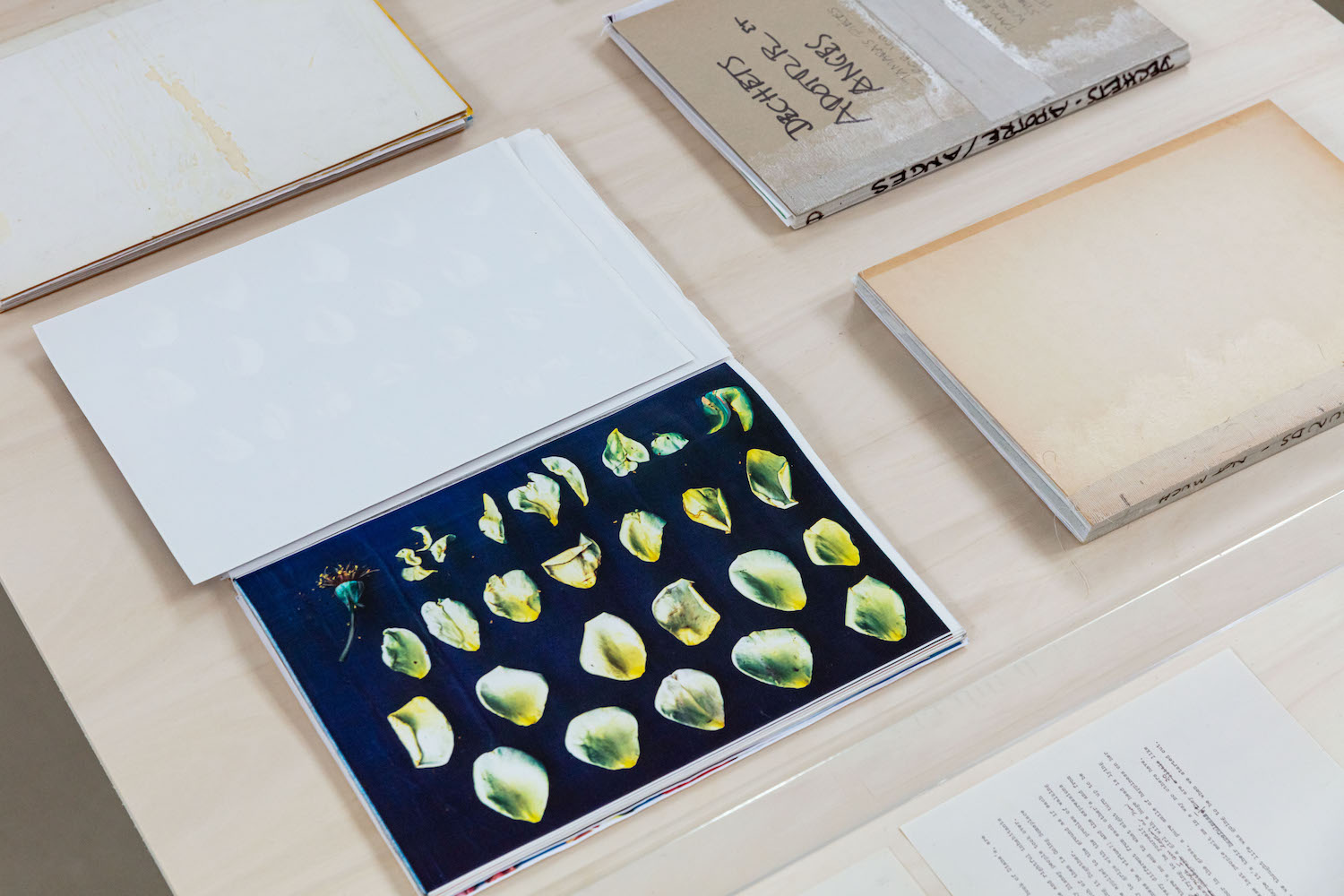
Why should an institution like a Kunstverein organize a show with a dead artist? Are there no living artists around? Or is this part of the overlooked-dead-artist fetish movement? It could be, but actually it is not. It is the first institutional show in Europe by Pati Hill (1921, Ashland, Kentucky, USA–2014, Sens, France). A self-educated artist, she started to use a photocopier as an artistic tool in the early 1970s and left behind an extensive oeuvre exploring the relationship between image, mediocre printing quality, black-and-white printing, and text. She also published four novels, a memoir, several short stories, artist books, poetry, and ventured into drawing. I want to see this, whether she’s young, old, or deceased.
“Art Club 2000. Retrospective”
Artists Space, New York
Through July 19, 2020
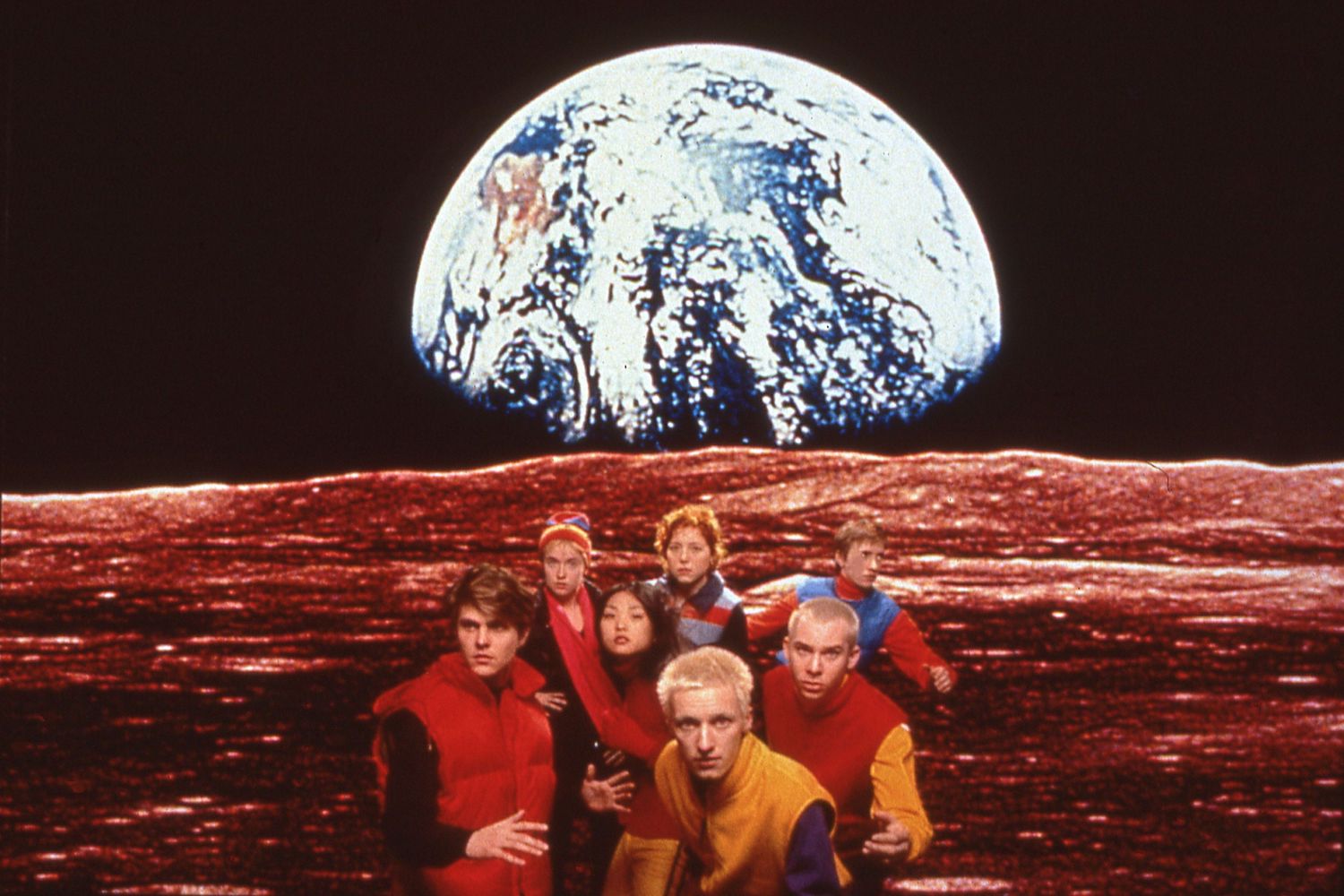
One can argue that the entire oeuvre of the fabled New York collective Art Club 2000 (1992–2000) consists only of shows. No works, just ten exhibitions. That’s already reason enough to visit their first ever retrospective, restaging their complex, deadpan, and theatrical multimedia gallery installations and site-specific mise-en-scènes. Also, they were among the very first to realize, experience, and expose the loss or uselessness of dissidence: whatever you were going to do, be it radical or not, it took ten seconds to be co-opted (now it is ten milliseconds). Remember the Benetton adds by Oliver Toscani? Ed Ruscha as ambassador of Gap? Same years. Art Club 2000 was Danny McDonald, Patterson Beckwith, Sarah Rossiter, Craig Wadlin, Shannon Pultz, Gillian Haratani, and Sobian Spring.
“We Treasure Our Lucid Dreams. The Other East and Esoteric Knowledge in Russian Art 1905–1969”
Garage Museum of Contemporary Art, Moscow
Through May 10, 2020
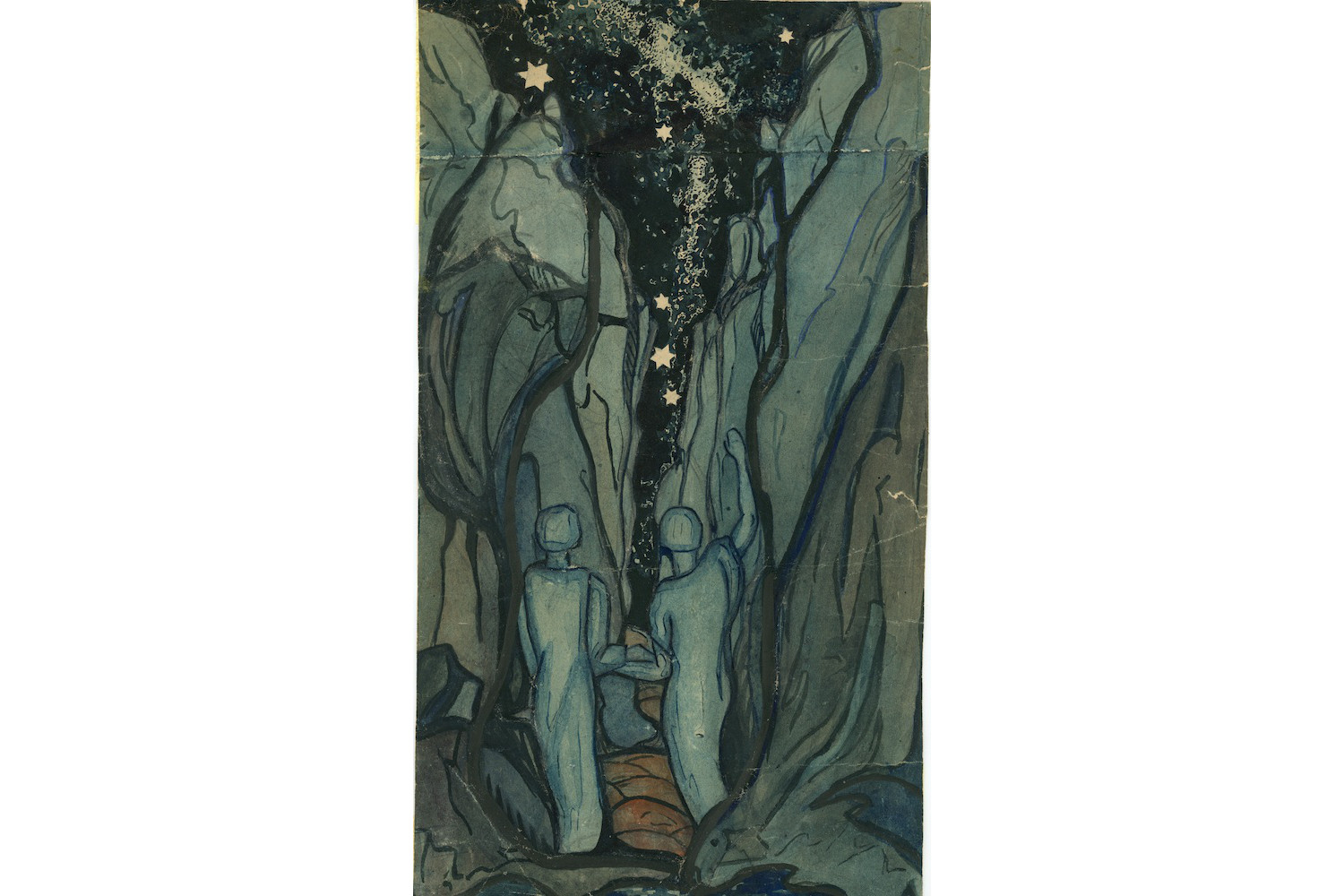
Garage Museum of Contemporary Art periodically opens intriguing chapters on largely unknown Russian artists and thinkers. In 2018, I remember seeing a very theatrical but enlightening show about the polemical anti-modernist Soviet philosopher and art critic Mikhail Lifshitz. The exhibition now on show documents “members of secret societies or constructed individual practices informed by their mystical and ‘secret’ knowledge, whose art was lost to history following the Revolution and Stalinism. The works exist at the periphery, outside the achievements of modernism and, in particular, the radical Soviet avant-garde. Its conscious secretiveness and invisibility, even for specialists, is the result of the fact that these pieces are not part of an aesthetic experiment but objects bearing witness to a spiritual awakening” (according to the website). I would love to see all this, now that we live in a time of a global renewal of spirituality, mythicism, and conspiracy. But covid-19.

